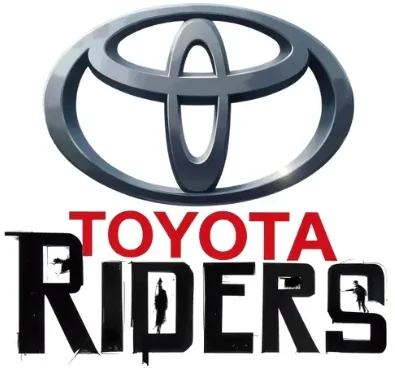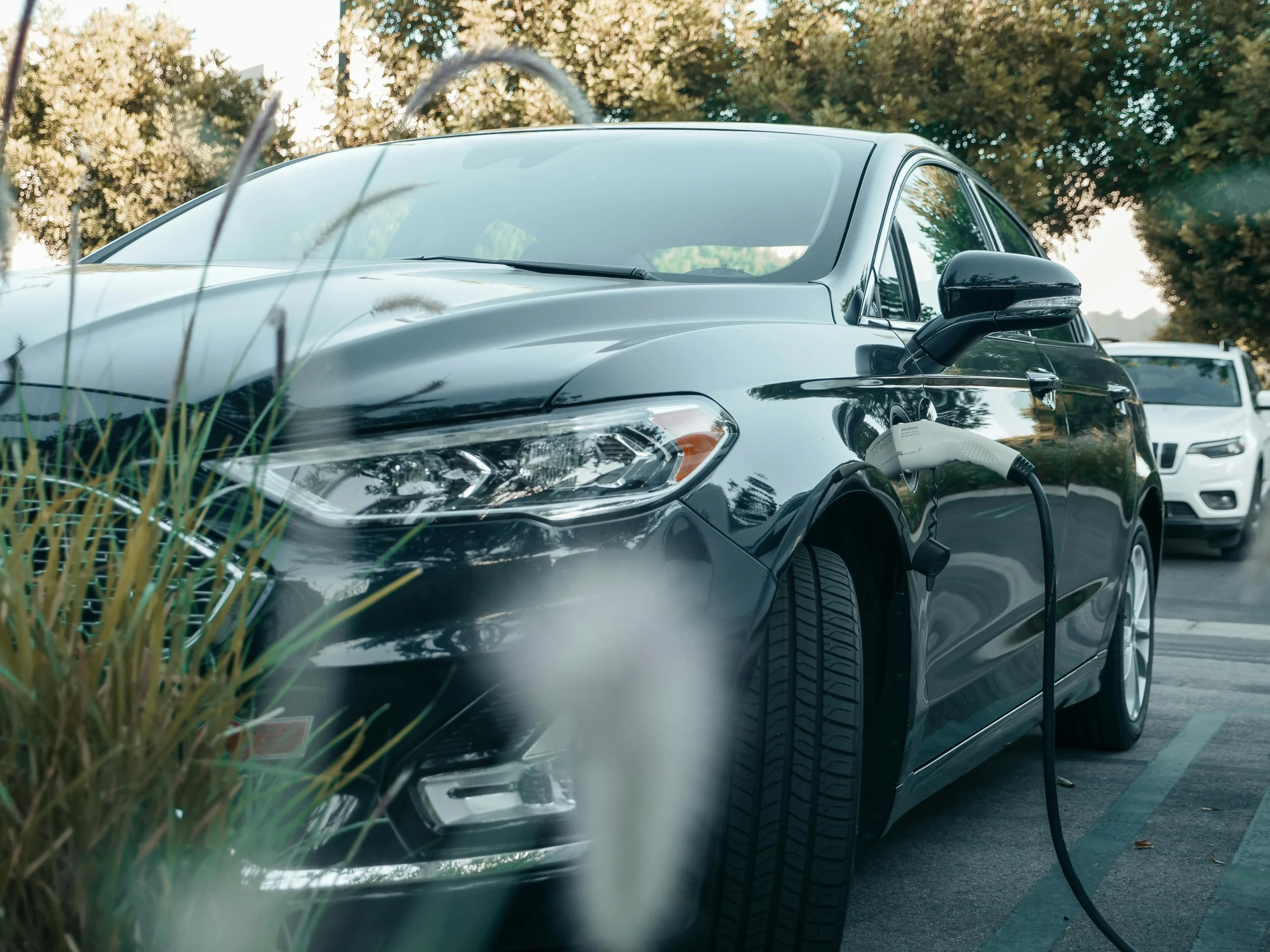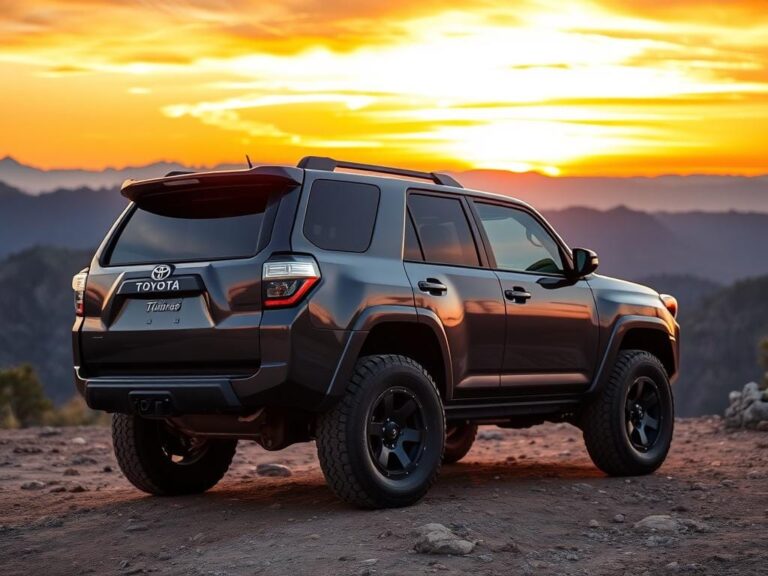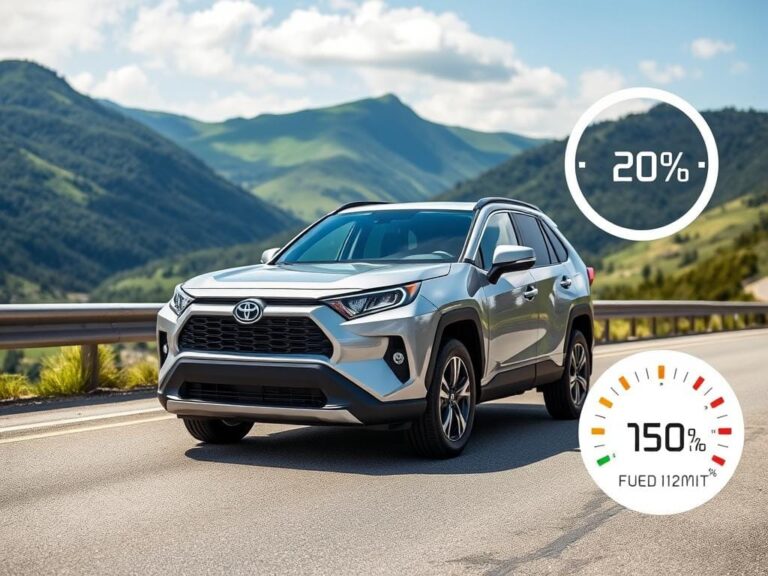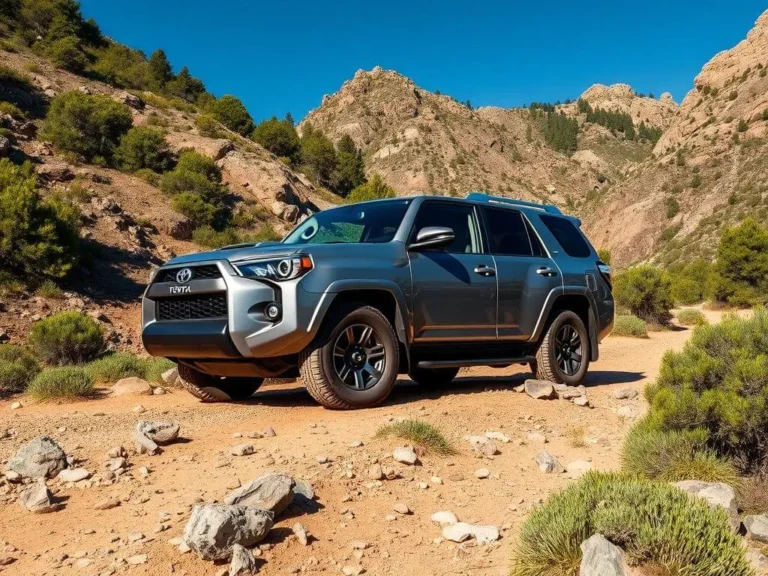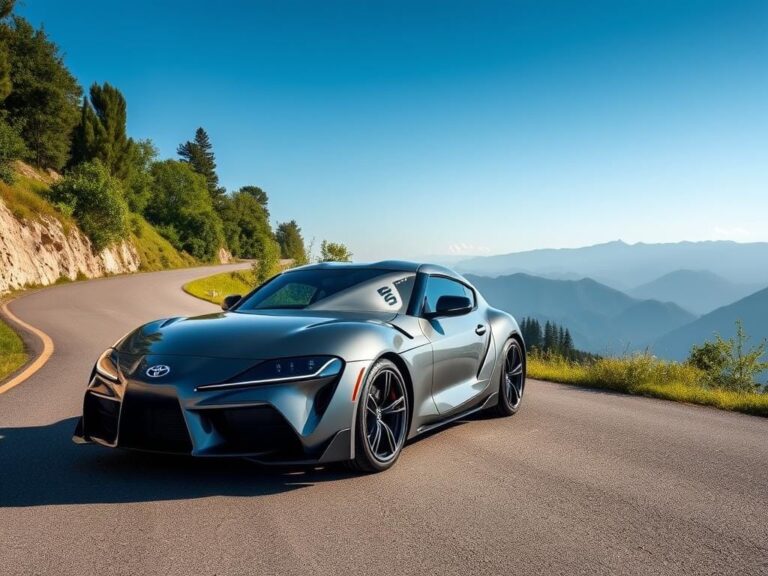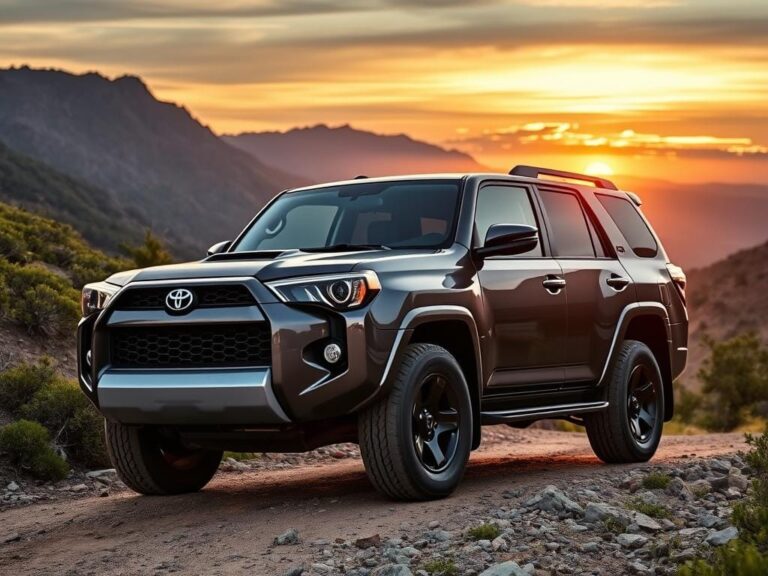Toyota Hybrid 2025: 3 Big Mistakes Smart Drivers Avoid
The Toyota Hybrid 2025 lineup represents a paradigm shift in automotive efficiency and performance, yet many prospective buyers fall into costly traps that diminish their ownership experience. When you’re considering joining the hybrid revolution, understanding these critical missteps can save you thousands of dollars and years of frustration. Smart drivers who navigate the hybrid landscape successfully avoid these three fundamental errors that plague uninformed consumers.
Your journey toward hybrid ownership shouldn’t become a cautionary tale. The sophisticated technology embedded within modern Toyota hybrid systems requires informed decision-making and strategic planning to maximize benefits.
Table of Contents
Understanding the Toyota Hybrid 2025 Technology Landscape
Toyota’s fifth-generation hybrid system delivers unprecedented efficiency through advanced battery chemistry and regenerative braking optimization. The 2025 model year introduces enhanced thermal management systems and improved power distribution algorithms that maximize fuel economy across diverse driving scenarios.
Your hybrid system operates through seamless transitions between electric and gasoline propulsion modes. This dual-power architecture requires specific understanding to optimize performance and longevity. The sophisticated interplay between components demands educated ownership practices that differ significantly from conventional vehicles.
| Model | Battery Type | System Output | EPA Rating (Combined) | Starting MSRP |
|---|---|---|---|---|
| Prius | Lithium-ion | 196 hp | 54 mpg | $27,450 |
| Camry Hybrid | Lithium-ion | 208 hp | 47 mpg | $32,820 |
| RAV4 Hybrid | Lithium-ion | 219 hp | 40 mpg | $33,800 |
| Highlander Hybrid | Lithium-ion | 243 hp | 36 mpg | $41,720 |
| Sienna Hybrid | Lithium-ion | 245 hp | 36 mpg | $37,340 |
Mistake 1: Ignoring Toyota Hybrid 2025 Charging Infrastructure Requirements
The most prevalent error involves misunderstanding charging necessities for your Toyota hybrid vehicle. Unlike plug-in hybrids or full electric vehicles, traditional Toyota hybrids generate electricity through regenerative braking and engine operation. You don’t need external charging infrastructure for standard hybrid models.
This misconception leads buyers to unnecessary expenses installing home charging stations or avoiding hybrid purchases entirely due to perceived charging complications. Your Toyota hybrid 2025 operates independently, charging its battery through normal driving activities without external power sources.
However, plug-in hybrid variants like the Prius Prime require different considerations:
- Home charging capability enhances electric-only range
- Level 1 charging (120V) provides adequate overnight charging
- Level 2 charging (240V) offers faster replenishment rates
- Public charging networks expand your electric driving radius
Understanding these distinctions prevents costly infrastructure investments for vehicles that don’t require them while ensuring proper preparation for plug-in variants that benefit from charging capabilities.
Mistake 2: Misunderstanding Maintenance Paradigms
Your Toyota Hybrid 2025 requires specialized maintenance approaches that differ substantially from conventional vehicles. Many owners apply traditional maintenance schedules, potentially compromising system efficiency and longevity. The hybrid powertrain’s unique characteristics demand adjusted service intervals and specific procedures.
Critical maintenance considerations include:
- Extended oil change intervals due to reduced engine operation
- Brake pad longevity increases through regenerative braking systems
- Battery cooling system maintenance prevents thermal degradation
- High-voltage system inspections ensure electrical safety
- Transmission fluid changes follow different schedules
The regenerative braking system reduces brake pad wear significantly, with many owners experiencing pad life exceeding 100,000 miles. Your conventional maintenance mindset may lead to premature replacements and unnecessary expenses.
Battery thermal management requires attention to cooling system components. Blocked air filters or damaged cooling fans can cause battery overheating, reducing capacity and lifespan. Regular inspection prevents costly battery replacements that can exceed $3,000.
Mistake 3: Overlooking Toyota Hybrid 2025 Driving Optimization Techniques
The third critical error involves failing to adapt driving behaviors to maximize hybrid efficiency benefits. Your Toyota hybrid system responds optimally to specific driving techniques that traditional vehicles don’t reward. Conventional driving habits may prevent you from achieving advertised fuel economy figures.
Effective hybrid driving strategies include:
- Gradual acceleration to maintain electric-only operation
- Anticipatory braking to maximize regenerative energy capture
- Eco-mode utilization for optimal system coordination
- Speed moderation to reduce aerodynamic losses
- Climate control optimization to minimize electrical draw
Your hybrid system provides real-time feedback through efficiency displays and energy flow monitors. Learning to interpret these indicators helps optimize your driving technique for maximum fuel savings. Aggressive acceleration forces the gasoline engine to engage prematurely, reducing overall efficiency.
The hybrid battery’s state of charge influences system behavior significantly. Understanding optimal charge levels helps you plan driving strategies that maintain peak efficiency throughout your journey.
Advanced Toyota Hybrid 2025 Ownership Strategies
Successful hybrid ownership extends beyond avoiding common mistakes to embracing advanced optimization techniques. Your vehicle’s sophisticated systems offer numerous customization options that enhance the ownership experience when properly configured.
Climate preconditioning while connected to external power sources (plug-in models) reduces battery drain during initial driving phases. This technique preserves electric range for actual transportation rather than cabin conditioning.
Route planning considerations become more complex with hybrid vehicles. Understanding traffic patterns, elevation changes, and charging opportunities (for plug-in variants) helps maximize efficiency benefits.
Financial Implications of Smart Toyota Hybrid 2025 Decisions
The economic impact of avoiding these mistakes extends far beyond initial purchase considerations. Your long-term ownership costs reflect the cumulative effect of informed decision-making throughout the ownership cycle.
Proper maintenance scheduling prevents expensive component failures while maximizing fuel savings. The average hybrid owner saves approximately $1,200 annually on fuel costs compared to conventional vehicles, assuming proper driving techniques and maintenance practices.
Resale value preservation depends heavily on battery health and system functionality. Well-maintained hybrid vehicles retain value significantly better than neglected examples, with potential differences exceeding $5,000 after five years of ownership.
Technology Integration and Future Considerations
Toyota’s hybrid technology continues evolving rapidly, with 2025 models incorporating artificial intelligence for predictive energy management. Your vehicle learns driving patterns and optimizes system operation accordingly, but only when operated within designed parameters.
Understanding these technological advances helps you leverage your hybrid’s full potential while preparing for future automotive developments. The skills and knowledge gained through proper hybrid ownership translate directly to future electric vehicle adoption.
Environmental Impact Optimization
Your Toyota Hybrid 2025 delivers maximum environmental benefits when operated efficiently. Poor driving habits or neglected maintenance can reduce environmental advantages significantly, potentially making your hybrid less eco-friendly than well-maintained conventional vehicles.
Maximizing environmental benefits requires holistic consideration of:
- Manufacturing impact amortization through extended ownership
- Proper battery recycling at end-of-life
- Efficient driving techniques that minimize total energy consumption
- Regular maintenance that preserves optimal system operation
Conclusion: Mastering Your Toyota Hybrid 2025 Experience
Avoiding these three critical mistakes transforms your Toyota Hybrid 2025 ownership from a potentially frustrating experience into a rewarding journey of efficiency and innovation. When you understand charging requirements, embrace specialized maintenance needs, and optimize your driving techniques, your hybrid delivers on its promises of reduced fuel costs and environmental impact.
Your success with hybrid technology depends entirely on informed decision-making and proper implementation of best practices. The sophisticated systems within your Toyota hybrid reward educated ownership with years of reliable, efficient service.
Smart drivers who master these fundamentals enjoy substantial advantages over those who approach hybrid ownership with conventional thinking. Your commitment to understanding these unique requirements positions you for maximum benefit from this transformative automotive technology.
Don’t let these common mistakes rob you of the hybrid ownership experience you deserve. Take action today by researching your specific model’s requirements, connecting with knowledgeable service providers, and committing to the learning process that ensures hybrid ownership success.
FAQs About Toyota Hybrid 2025 Ownership
Do all Toyota Hybrid 2025 models require home charging stations?
No, standard Toyota Hybrid 2025 models like the Prius, Camry Hybrid, and RAV4 Hybrid do not require external charging infrastructure. These vehicles charge their batteries through regenerative braking and engine operation during normal driving. Only plug-in hybrid variants like the Prius Prime benefit from home charging capabilities, though even these can operate without external charging.
How does maintenance differ for Toyota Hybrid 2025 vehicles compared to conventional cars?
Toyota Hybrid 2025 maintenance schedules differ significantly from conventional vehicles due to reduced engine operation and regenerative braking systems. Oil changes may be extended due to less engine runtime, brake pads last considerably longer through regenerative braking, and hybrid-specific components like battery cooling systems require periodic inspection. Following conventional maintenance schedules can lead to unnecessary services and missed critical hybrid system needs.
What driving techniques maximize Toyota Hybrid 2025 fuel efficiency?
Maximizing your Toyota Hybrid 2025 efficiency requires specific driving techniques including gradual acceleration to maintain electric-only operation, anticipatory braking for maximum regenerative energy capture, consistent use of Eco driving modes, moderate highway speeds to reduce aerodynamic losses, and strategic climate control usage. Aggressive driving habits that work with conventional vehicles often reduce hybrid efficiency significantly.
Can poor driving habits damage Toyota Hybrid 2025 battery systems?
While Toyota Hybrid 2025 battery systems are robust, certain driving habits can accelerate degradation. Consistently aggressive acceleration forces the battery through rapid charge/discharge cycles, extreme temperature exposure without proper thermal management can reduce capacity, and neglecting cooling system maintenance can cause overheating damage. However, normal driving variations won’t significantly impact battery longevity when proper maintenance is maintained.
What should I expect for long-term costs with Toyota Hybrid 2025 ownership?
Toyota Hybrid 2025 long-term costs typically favor hybrid ownership through reduced fuel expenses averaging $1,200 annually, extended brake pad life potentially saving $500-800 over vehicle lifetime, and higher resale values offsetting initial purchase premiums. However, eventual battery replacement costs ($3,000-5,000) and specialized service requirements may increase some maintenance expenses. Overall ownership costs generally favor hybrid technology when vehicles are properly maintained and operated efficiently.
Did You Like This Article?
Celica come back
Very informative and useful, details.
Good article
A lot information, thanks
Top top toyota
Celica 2025 is a top model of Toyota,
New Celica
I drove an ’81 from ’85 til ’99 and loved it. Then I got my first Nissan 240 SX. Twenty five years later, I’m on my fourth 240. Any chance of a 240SX comeback?
Toyota riders . Com
Very informative
